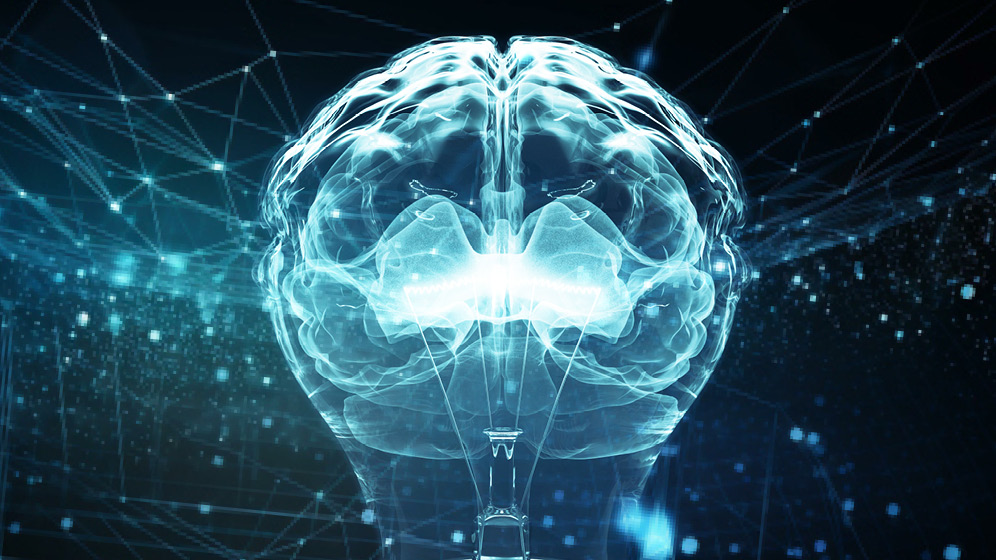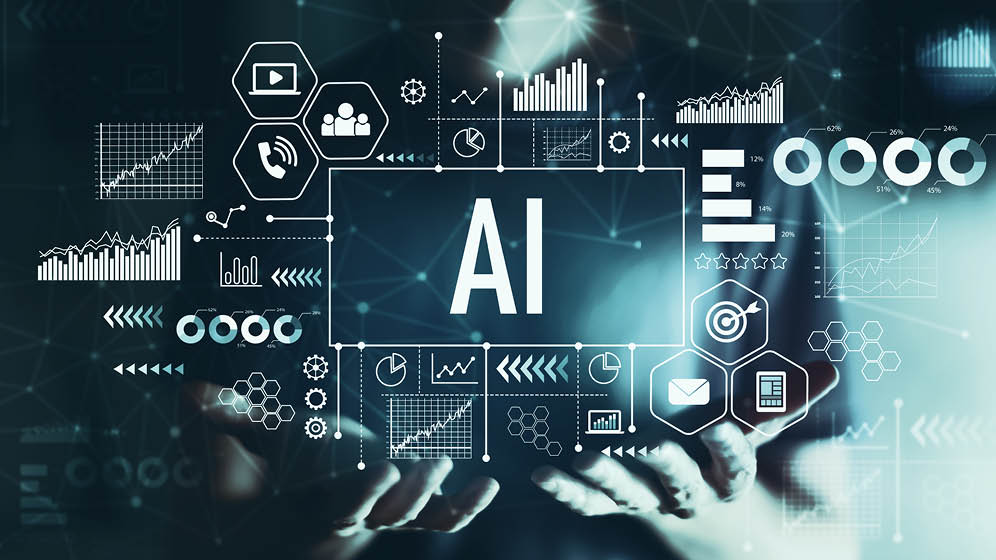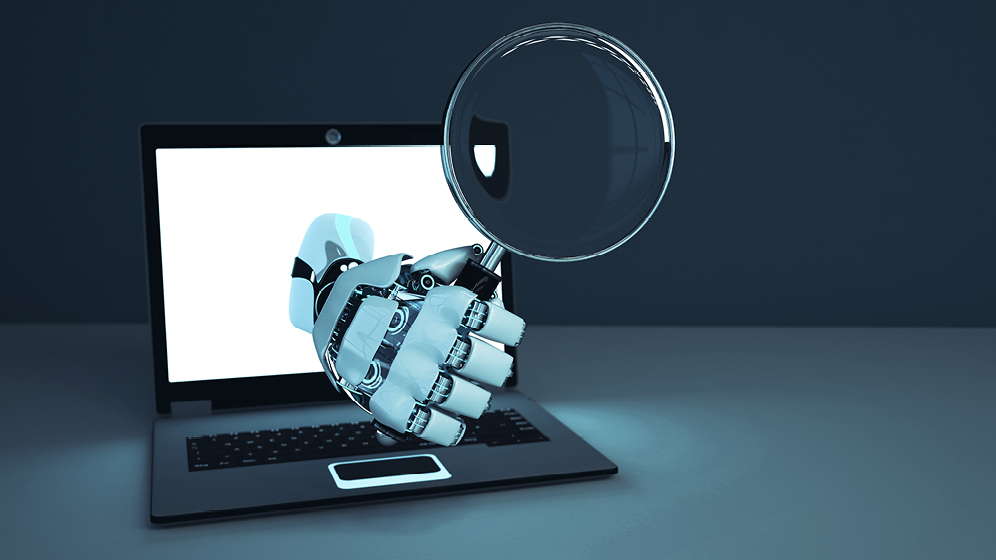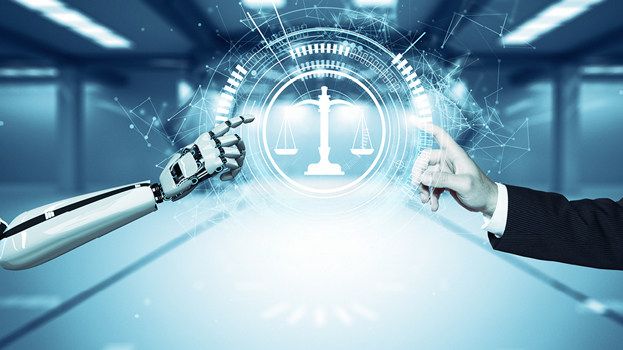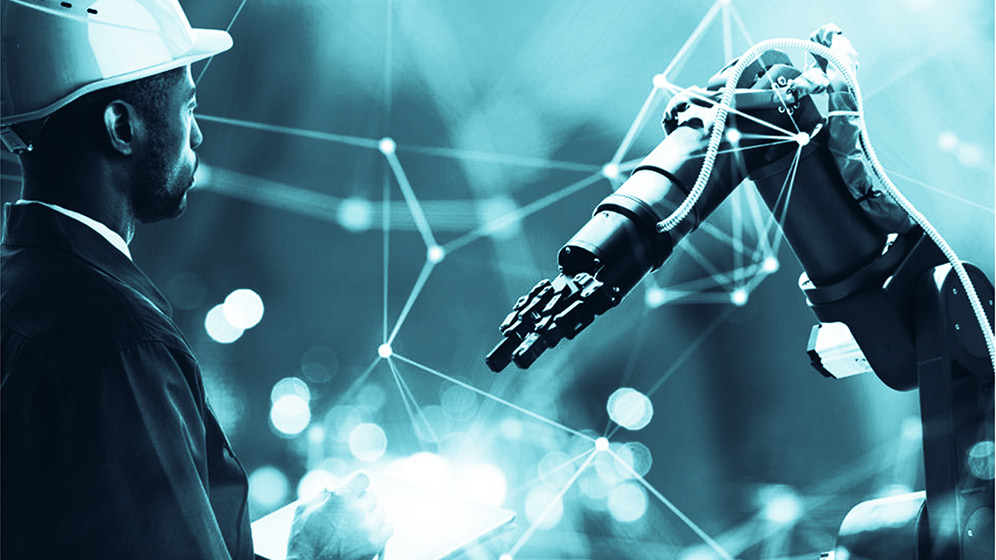
The figures are impressive and paint a completely different picture than a year ago. According to a recent Harris Poll on generative AI 72 percent of European companies say they are introducing or have already introduced guidelines for generative AI in their company. The verdict is even clearer when executives are surveyed: 92 percent believe that AI is a Variety of functions will influence.
Adrian Gregory from Harris says, "This data clearly demonstrates the growing importance of AI for businesses when it comes to digital transformation. From increasing productivity to optimizing customer service to improving automation workflows, understanding how best to use generative AI will be critical to a company's future success."

Compared to other economic regions, interest in AI is highest in the EU. This is also confirmed by a global analysis by Gartner, according to the currently 55 percent of all companies working on the use of AI, AI is already being used in ten percent of cases. But here, too, there is an enormous trend reversal: Around a year ago, this figure was still at 15 percent.
"Companies aren't just talking about generative AI - they're investing time, money and resources to drive it and achieve business results," said Frances Karamouzis From Gartner. " AI is now on the agenda of CEOs and boards looking to harness the transformative potential of this technology."
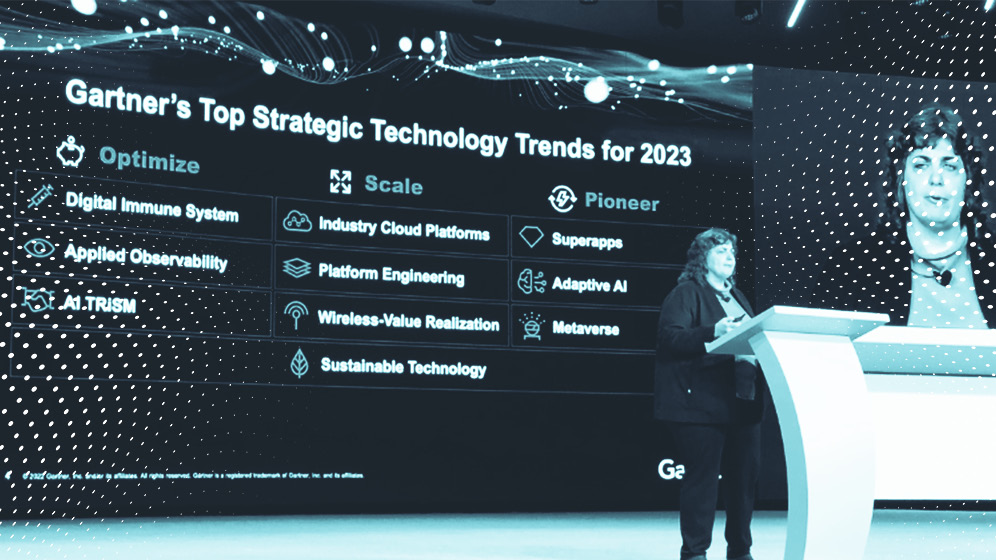
The EU now wants to support companies in implementing practical AI projects. Together with the member states and 128 partners from research, industry and public institutions, it was decided, 220 million euros invest in four sectoral testing and experimentation facilities for AI. The goal is to bring trusted AI to market more efficiently.
The Testing and Experimentation Facilities (TEFs) are divided into four sections covering different topics:
Since the triumph of the generative AI in the consumer sector the use cases in industry have also increased by leaps and bounds. AI in practice now goes far beyond the classic use case of predictive maintenance. This is shown by current examples from industry.
The German Robotics startup fruitcore robotics has developed an AI copilot based on ChatGPT and integrated it into its new operating system. The copilot answers questions in real time and in natural language, making support calls a thing of the past in many cases. For example, if the user wants to know how to transmit the part position determined by the camera to the robot, he can address this question to the AI copilot via text prompt and receive the corresponding code module within a few moments.
"Artificial intelligence is a major contributor to more agile and flexible automation and will undoubtedly fundamentally change the automation landscape. We are proud to have pioneered the first GPT integration in industrial robotics," says Patrick Heimburger, managing director of fruitcore robotics.
Copilot can not only generate functions, program modules and program templates, but also optimize and correct programs and detect potential errors at an early stage. These errors can then be quickly rectified by suggesting corrections. Last but not least, the AI co-pilot also acts as a kind of personal trainer and sparring partner that can even provide support for professional development.
The German Software leader SAP is fully committed to communication with AI and is integrating its AI assistant "Joule" into its entire cloud portfolio. This enables users to complete their tasks faster. At the same time, efficiency is increased in a secure and compliant manner.
"Almost 300 million users in companies around the world regularly work with cloud solutions from SAP. Joule therefore has the potential to redefine the way companies do business and the way their employees work," says CEO Christian Klein. "Joule leverages SAP's unique ability to connect technology and business processes. The assistant builds on our concept for AI in business, which is relevant, reliable and responsible. Joule not only understands the user's instruction, but also the business context."
Joule opens up a whole new world of possibilities for SAP users. New opportunities. Employees simply use a voice command to ask a question or formulate a problem to be solved. They then receive intelligent answers based on a wide range of business data from across the SAP portfolio and third-party sources, while retaining the business context. For example, a manufacturer could use Joule to better understand its sales performance. Joule is able to identify underperforming regions or link to data sets that indicate a problem in the supply chain. It is also possible to automatically connect to the supply chain system to offer appropriate solutions to the manufacturer.
In the Automotive industry AI is being used in more and more areas. Audi is driving forward the digitalization of its production: following a successful pilot project, the four rings are now starting the rollout of AI for quality control of spot welds in body construction.
"Digitalized production lines are a foundation for the Audi production of the future: as part of our '360factory' production strategy, we will make production at Audi locations worldwide even more efficient. The use of artificial intelligence in series production has great potential," says Gerd WalkerAudi Board Member for Production and Logistics.
Audi uses artificial intelligence to analyze around 1.5 million spot welds on 300 vehicles per shift at the Neckarsulm site. By way of comparison: until now, employees in production have been monitoring the quality of the processes involved in resistance spot welding manually on a random basis using ultrasound - checking just over 5,000 spot welds per vehicle. By using AI, employees can now focus on possible anomalies and thus monitor quality even more efficiently and in a more targeted manner.
Trump uses the new possibilities of image recognition for increased productivity in laser welding. The high-tech company has developed an AI application for lasers that makes production even more efficient. This enables manufacturers of electric cars, for example, to produce more electric motors in less time. There is also less rework and waste.
"In future, we want to use AI to raise the overall system of lasers, optics, sensors and software to a new level of performance. We are therefore driving forward the development of further AI solutions that will make laser processes in industry even more powerful and economical," says Christian SchmitzCEO Lasertechnik Trumpf. The AI process has already proven itself in practice in series production for e-mobility and can be used in various laser welding applications.
To ensure that the weld seam is always in the right place, the laser's sensors must position the welding geometry precisely on the component - otherwise there is a risk of rejects. Dirt or scratches on the component, poor lighting conditions in the work area or highly reflective materials such as copper make positioning difficult. The AI solution from Trumpf supports image processing and thus reduces such disruptive influences.
Siemens recently reaffirmed its commitment to AI with an investment of one billion euros at its Erlangen site. Siemens wants to build the production of the future there. The "industrial metaverse" in which AI plays a decisive role. But Siemens is already using AI in various areas, relying on partnerships with global IT giants. The new Siemens Teamcenter app for Microsoft Teams uses AI to increase productivity and innovation across the entire product lifecycle - from design and development to manufacturing and operations.
"The integration of AI into technology platforms will bring about a profound change in the way we work and operate in companies," says Scott GuthrieExecutive Vice President, Cloud + AI, Microsoft. "Together with Siemens, we are unlocking the power of AI for more industrial companies, enabling them to simplify workflows, break down silos and collaborate more inclusively to accelerate customer-centric innovation."
With the new Teamcenter app for Microsoft Teams, which is expected in the course of 2023, companies will enable their design engineers, service and production employees and teams in all business areas to close feedback loops faster and solve challenges together. For example, service technicians or production employees can use mobile devices to document and report potential problems with product design or quality in natural language. Using the Azure OpenAI service, the app can analyze this informal language data, automatically generate a summary report and forward it within Teamcenter to the relevant experts in design, development or production.
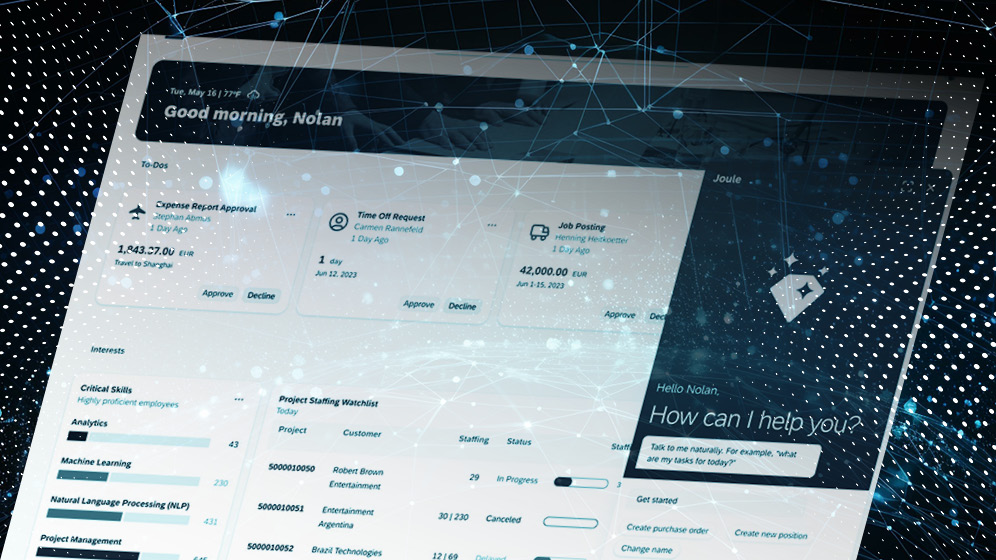
Also of interest
